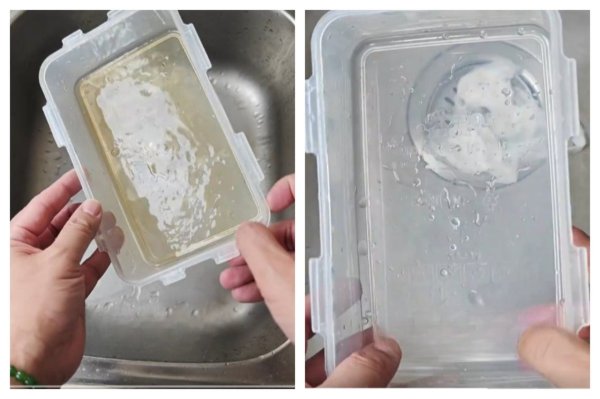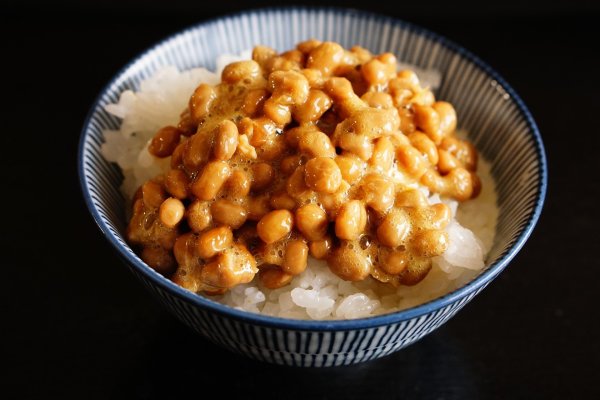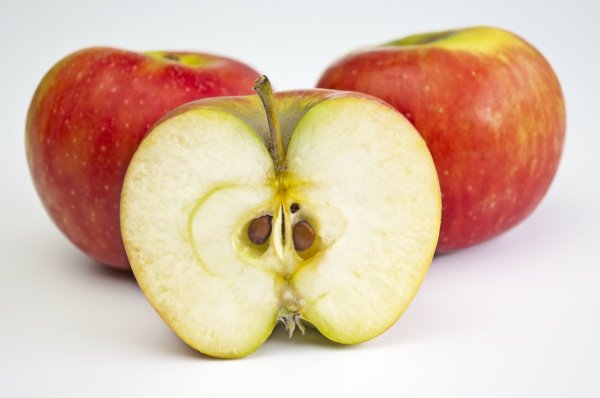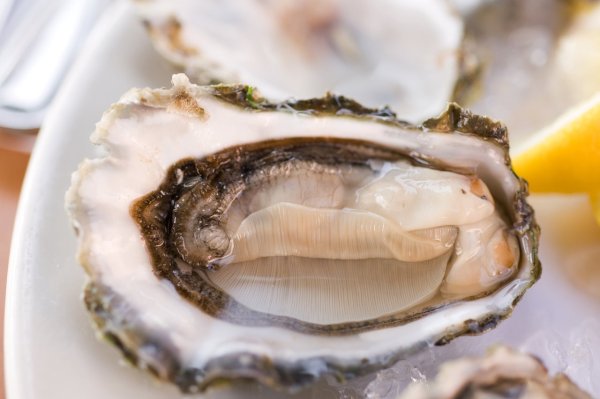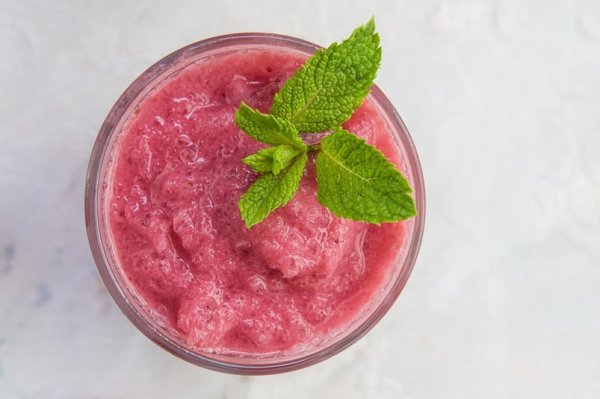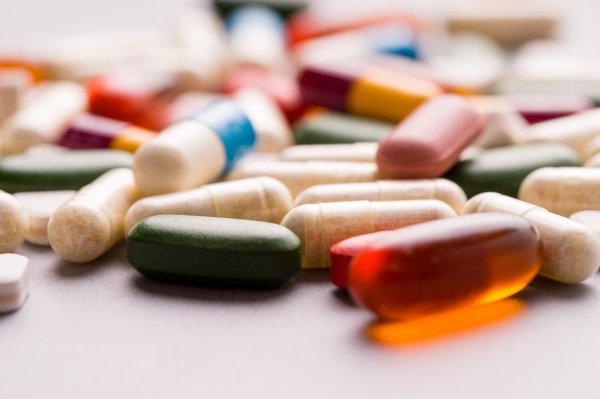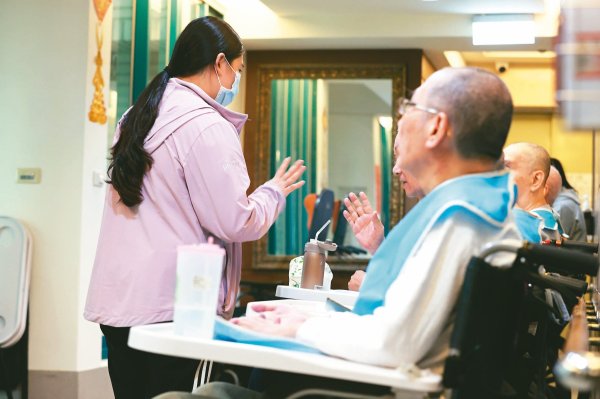Free radicals are the root cause of all diseases! How to reduce the damage of free radicals? Nutritionists have certified “3 types of antioxidant ingredients” to prevent aging and cancer
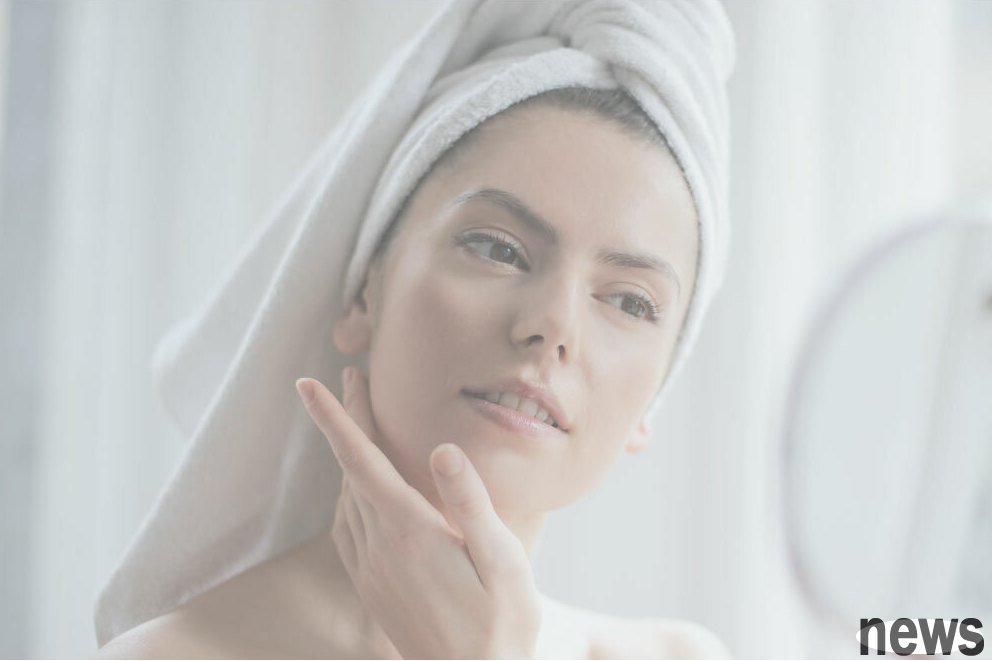
We often see the term "free radical" in newspapers related to health care and health nutrition. Some people call free radicals "the source of all diseases". We need to use various methods to avoid its production and fight against it, etc. But what exactly is such a "terrible" free radical? Today, Evelyn, a brand nutritionist for "Health Designer", will introduce to you what is free radical? Why do we fight it? And what should we eat to help us reduce the damage of free radicals?
What are free radicals? In nature, matter is composed of various atoms, molecules, and compounds. They each have electrons around them. They perform various reactions through the gains and losses and exchange of electrons, including our breathing, rapist, immunity, etc., which are closely related to the gains and losses of electrons.Most of these surrounding electrons tend to exist in the form of double-to-element "even numbers", which is the more stable state in nature. For those molecules or ion that can exist independently and only have "opposite" electrons (not opposite electrons), we call them "free radicals (Free radicals). These free radicals with only odd-number electrons will be in a very unstable state. They want to quickly "swallow" electrons with surrounding matter to achieve stability and trigger a series of locking reactions.
This "free radical locking reaction" will cause protein, lipid, sugar and other basic materials to form cells to be oxidized to become new free radicals, and then remove the electrons of other substances. The result of excessive circulation will have a certain degree of adverse impact on the body, including cell dysfunction, DNA structural damage, over-lipid oxidation, etc.
Why do free radicals form? Free radicals are actually materials that will inevitably be produced during the human body's new dynasty process. Free radicals are generated during these processes, including when we perform aerobic respiration to produce the energy needed for our body, the inflammation reactions caused by the external pathogens. Some living habits or conditions, such as staying up late, anxiety, and some external factors, including: fried food, refined processed food, ultraviolet light, radiation, electromagnetic waves, etc., will also increase free radicals in the body. are all free radicals bad? In fact, free radicals are not such a sin that we often hear. On the contrary, suitable free radicals actually have advantages for organisms and play an indispensable role in certain reactions within the body. The most common example: Nitric oxide (˙NO) is a free radical, but because its molecules are small, it can pass through the cell membrane of endothelial cells of blood vessels. When the surrounding smooth muscle receives the message, it will cause blood vessels to spread, allowing a large amount of blood to pass through. Therefore, nitric oxide is helpful in regulating blood pressure and improving blood clots.Generally speaking, we have a very complete antioxidant mechanism in our body that can maintain the balance of oxidative pressure in our body and keep the free radicals in a suitable amount. However, some bad living habits or environmental exposures cause excessive free radicals to be generated and accumulated in the body, which will trigger the above series of "free radical chain reactions", which is why we need to "fight" free radicals in daily life.
The damage to the body by free radicals has been shown in many studies that free radicals, known as the "source of all diseases", cannot be related to many major diseases, including: cancer, cardiovascular disease, diabetes, Parkinson's disease, Alzheimer's disease, etc. So, when free radicals accumulate in the body, what aspects of damage will cause to the body that lead to the occurrence of these diseases?The damage of free radicals on the body mainly comes from three aspects:
1. Destruction of DNA: DNA is a transmission factor of cells, and free radicals destroy DNA structures, causing DNA strand cleavage or swelling to change, resulting in genes that cannot be repaired normally, causing sudden changes and even carcinogens.
2. Oxidation of lipids: Free radicals will destroy electrons that do not contain fatty acids in the body, causing the oxidation of fatty acids and producing toxic substances. Low-density lipoprotein (LDL) is also oxidized by free radicals, causing atherosclerosis and increasing the risk of cardiovascular disease.
3. Attack protein: Free radicals attack the side links of the protein, causing its structure to be damaged, making the protein unable to function normally. Protein is a very important source of body structure, including muscles, skin, hair, nails, etc. The enzymes required for internal erection and the catarum that affects physiology are all composed of proteins. Therefore, the protein is damaged and the affected area is also very large.
The damage caused by three antioxidant ingredients to fight free radicals to the body is a slow accumulated oxidation process. You may not feel physical inappropriate at first, but under the accumulated invasion of the day, the various organs of the body will gradually reach the point where they cannot be resurrected, and obvious aging or disease will occur at this time.Therefore, in addition to maintaining a good life habit and work and rest, and reducing the external environmental factors that will increase free radicals, we can also start from the "diet" aspect, take more ingredients with "antioxidation" functions, improve the body's anti-oxidation and prevention system, and help fight free radicals! Below Evelyn provides three high-quality antioxidant ingredients for your reference:
1. Blueberry is known as "super fruit" and has a very high content of anthocyanidins. According to research, anthocyanidins have very high antioxidant ability, which can help remove free radicals in the body and reduce oxidative damage.. Although the local blueberries in Taiwan are very rare and the price imported from abroad will be more expensive, fruits with such strong antioxidant capabilities are definitely worth investing in!
2. Aphrodisiac contains a plant polyphenol called quercetin. Research shows that it has antioxidant and anti-inflammatory abilities and has a certain protective effect on the immune system. However, quercetin is prone to heat and damage, so it is recommended to eat it raw or cook it lightly! In addition, the syringae is also rich in vitamin A, vitamin C and mineral selenium, which are all very important antioxidants for the body!
3.Bare vitamin C is a very common antioxidant in diet. People often think that citrus fruits such as lemon and orange are the first choice for supplementing vitamin C. In fact, Bare is the king of vitamin C among fruits! According to the Ministry of Food Nutritional Ingredient Database, lemon and orange each 100 grams contain 34 mg and 41.2 mg of vitamin C respectively, while 100 grams of bali contains up to 137.9 mg of vitamin C! In comparison, does Bale have stronger antioxidant capacity?
After reading today's article, I believe you have a deeper understanding of the term "free radicals" that you often see in the newspaper magazine. In fact, free radicals are the substances that must be produced when organisms survive. Generally, healthy people have a very complete antioxidant system. As long as they maintain a good living routine and dietary habits, they can avoid diseases caused by large-scale free radicals! If you want to fight free radicals, start with good habits!



